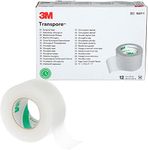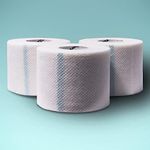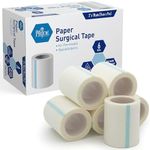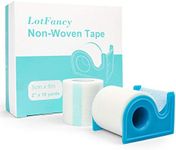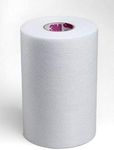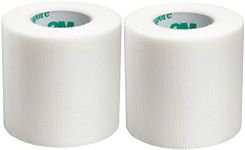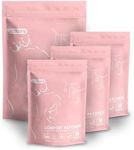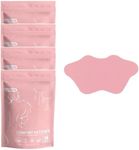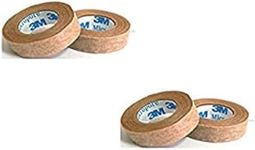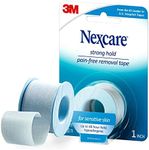Buying Guide for the Best Surgical Tapes
Choosing the right surgical tape is crucial for ensuring proper wound care and patient comfort. Surgical tapes are used to secure dressings, catheters, and other medical devices to the skin. They need to be strong enough to hold these items in place, yet gentle enough to avoid skin irritation. When selecting a surgical tape, consider the specific needs of the patient and the type of procedure being performed. Here are some key specifications to consider when choosing a surgical tape.Adhesion StrengthAdhesion strength refers to how well the tape sticks to the skin or other surfaces. This is important because a tape with poor adhesion may not hold dressings or devices securely, while a tape with too strong adhesion can cause skin damage when removed. Adhesion strength can be categorized into low, medium, and high. Low adhesion tapes are suitable for sensitive skin or short-term use, medium adhesion tapes are good for general use, and high adhesion tapes are ideal for securing heavy dressings or devices. Choose the adhesion strength based on the patient's skin sensitivity and the duration the tape will be in place.
BreathabilityBreathability refers to the tape's ability to allow air to pass through it. This is important for maintaining skin health and preventing moisture buildup, which can lead to skin maceration or infection. Breathable tapes are typically made from materials like paper or fabric. Non-breathable tapes, such as those made from plastic, may be more suitable for waterproof applications. If the tape will be used on a wound or for an extended period, opt for a breathable tape to promote skin health.
FlexibilityFlexibility refers to how well the tape conforms to the contours of the body. This is important for ensuring that the tape stays in place, especially on areas that move frequently, like joints. Flexible tapes are usually made from materials like cloth or foam. Less flexible tapes, such as those made from rigid plastic, may be better for securing devices that need to stay very still. Consider the location of the application and the patient's activity level when choosing the flexibility of the tape.
Hypoallergenic PropertiesHypoallergenic properties indicate that the tape is less likely to cause an allergic reaction. This is important for patients with sensitive skin or known allergies. Hypoallergenic tapes are typically free from latex and other common allergens. If the patient has a history of skin reactions to adhesives, it is best to choose a hypoallergenic tape to minimize the risk of irritation or allergic reactions.
Water ResistanceWater resistance refers to the tape's ability to withstand exposure to moisture. This is important for maintaining adhesion in environments where the tape may get wet, such as during bathing or in a humid climate. Water-resistant tapes are often made from materials like plastic or silicone. If the tape will be exposed to water or moisture, choose a water-resistant tape to ensure it stays in place.
Ease of RemovalEase of removal refers to how easily the tape can be taken off without causing pain or skin damage. This is important for patient comfort and skin integrity. Tapes that are easy to remove are often made with gentle adhesives or have special features like perforations. If the tape will need to be changed frequently or if the patient has sensitive skin, opt for a tape that is designed for easy removal.
